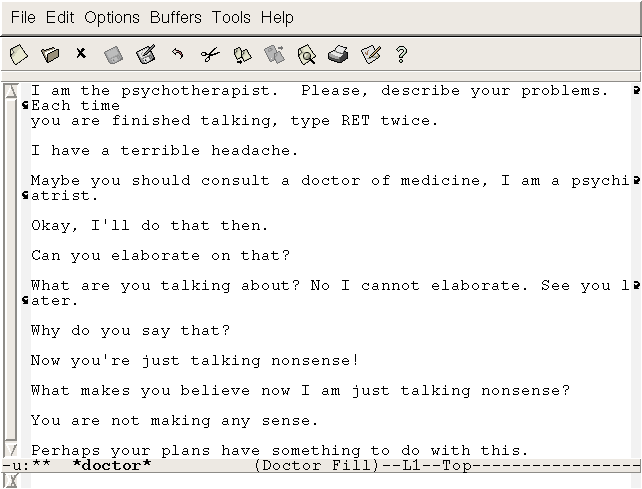It’s been incredibly rewarding, and I'm very proud of the reception it's had. I've loved creating and performing the show, so seeing audiences respond so well with it fills me with joy. In a lot of ways it's a culmination of the ideas I've been exploring throughout my career so far, and one of my favourite things I've made.#IndieCade17's Jury's Choice Award is @agAitcheson's Incredible Playable Show. TY for captivating audiences!— IndieCade (@IndieCade) October 9, 2017
🎮: https://t.co/uTmyi6RoSj pic.twitter.com/LkmSuvOom0
I wanted to wrap up the year by writing down the lessons I’ve learned along the way. This is a very long article, cut down from a leviathan first draft, so bring a coffee or read it in parts, and thanks very much for taking an interest!
For context, here’s the trailer shot at the Bristol Improv Theatre, in December 2016.
If there’s one major lesson I’ve found in the show it’s to be unafraid of things breaking. Often the lessons came out of changing part of the show on a whim, or to figure out why part of it wasn’t working - and understanding why the changed worked only came from comparing all the attempts that led up to it. None of the lessons learned came because I got things right first time.
But before getting onto that, let’s start with the most important question:







